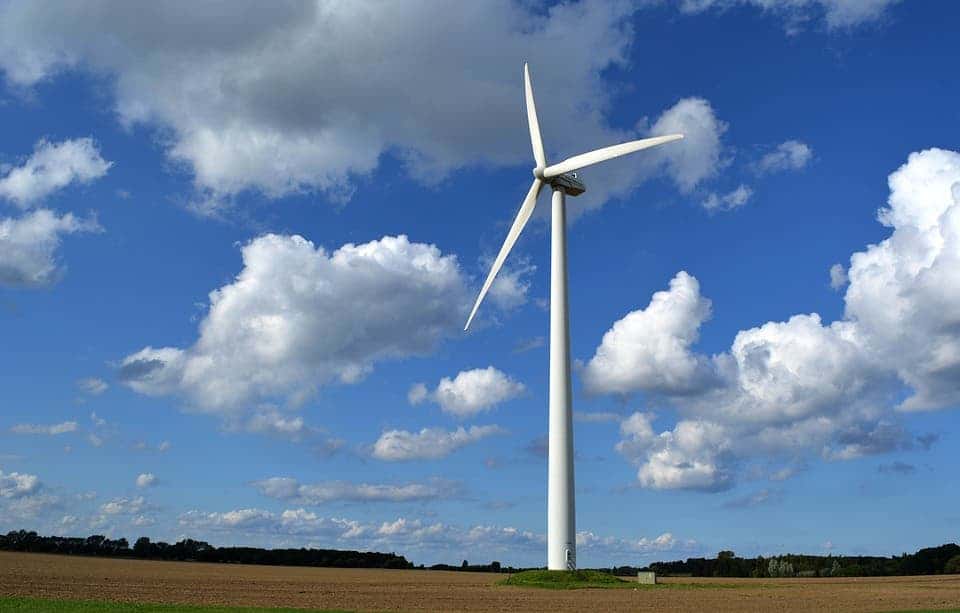Earlier this month, we were telling you how California’s pledge to generate 100% green energy for its grid by 2045 made it past the state’s Senate. All it needed to be enshrined into law was Gov. Jerry Brown’s signature. I’m very pleased to announce that Gov. Brown went above and beyond the signature of duty.

After approving the bill (on Monday), today Brown went on to issue an executive order by which he required the state to become carbon-neutral by 2045. The move essentially takes California’s pledge to the next level — whereas, originally, the goal was to power the grid exclusively through renewable energy, the golden state now has to remove as much greenhouse gas as it pumps out in the atmosphere.
Brown’s green push
“The achievement of carbon neutrality will require both significant reductions in carbon pollution and removal of carbon dioxide from the atmosphere, including sequestration in forests, soils, and other natural landscapes,” Brown’s executive order states.
The move definitely propels California to the forefront of decarbonization efforts. It is the second U.S. state to formally include such a pledge in its legislation (the first one was Hawaii). It’s also one of the most populous U.S. states and the most powerful economy in the world to embark on such a dramatic ecological campaign to date.
Still, that’s not to say it’s going to be a walk in the park. Although California has phased coal out of its statewide energy mix, it still draws massively on natural gas plants for its electricity needs. For it to have any chance of achieving the desired target by 2045, the state will need to draw heavily on wind, solar, geothermal, and hydroelectric power. Seeing as the state recently moved to close its last nuclear power plant, it’s unlikely atom-splitting will help power California.
On the other hand, it will also have to increase its energy capacity and design incentive schemes to improve energy efficiency at all levels — industrial, commercial, as well as residential.
The exact wording of the original bill also leaves officials a much-needed fallback space. It states that electricity production has to be zero-emissions so, in theory, it could use carbon capture technologies to still reach that goal should the state run into any problems decommissioning its natural gas plants. Despite leaving them some room to maneuver, the bill doesn’t leave officials any room to cheat — the bill specifically forbids California from increasing the carbon emissions of another state to get cheap energy.
So, for example, the state could buy power from a coal plant based in Nevada if that electricity had been supplied prior to the bill’s passing, but not from a new gas-powered source in Arizona.
Needless to say, it’s a mammoth undertaking from an economy larger than the UK‘s. Gov. Brown’s executive order only makes it that more ambitious. Pile the order’s express requirement that “all policies and programs undertaken to achieve carbon neutrality shall seek to improve air quality and support the health and economic resiliency of urban and rural communities, particularly low-income and disadvantaged communities,” on top, and you get a seemingly insurmountable task.
And yet, it feels like the right thing to do, doesn’t it?






